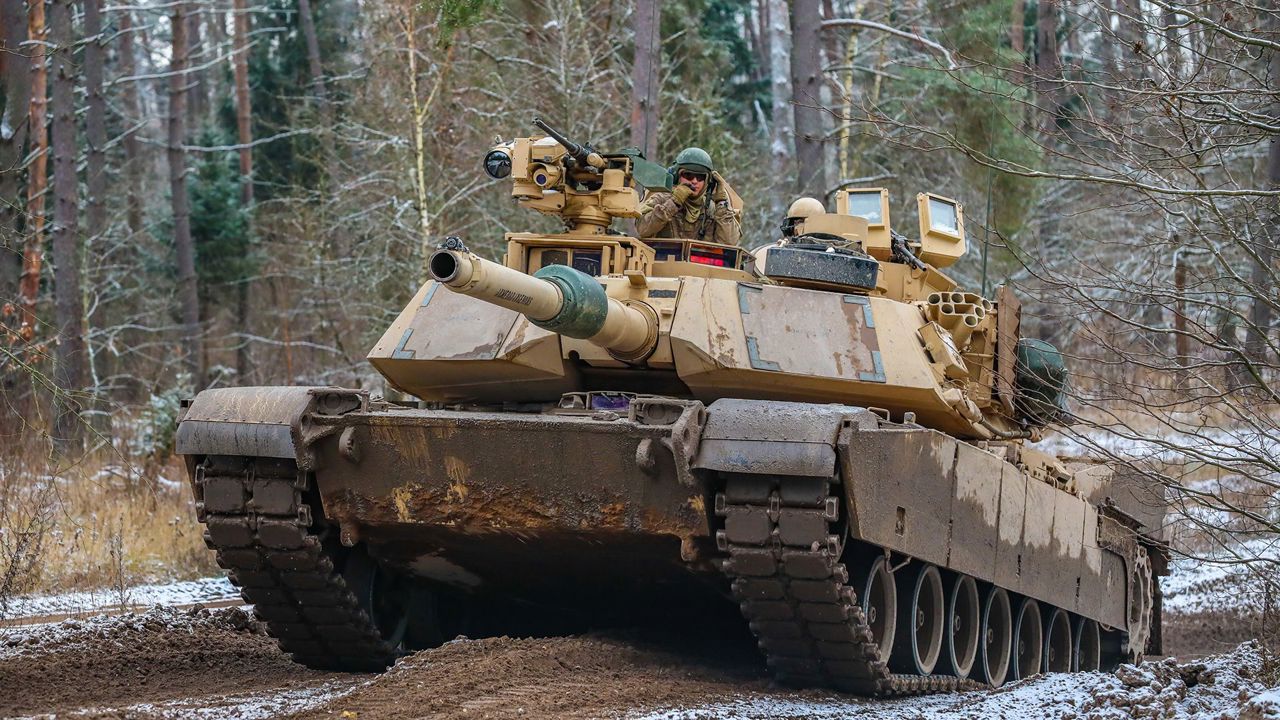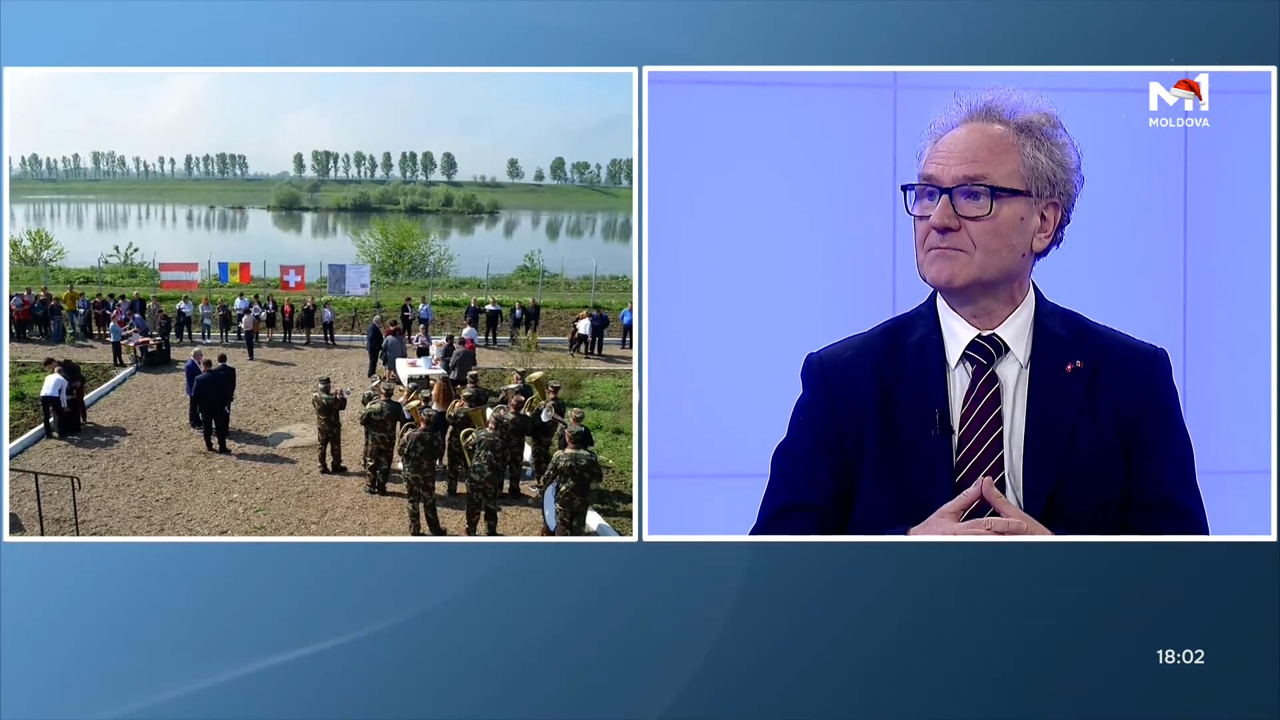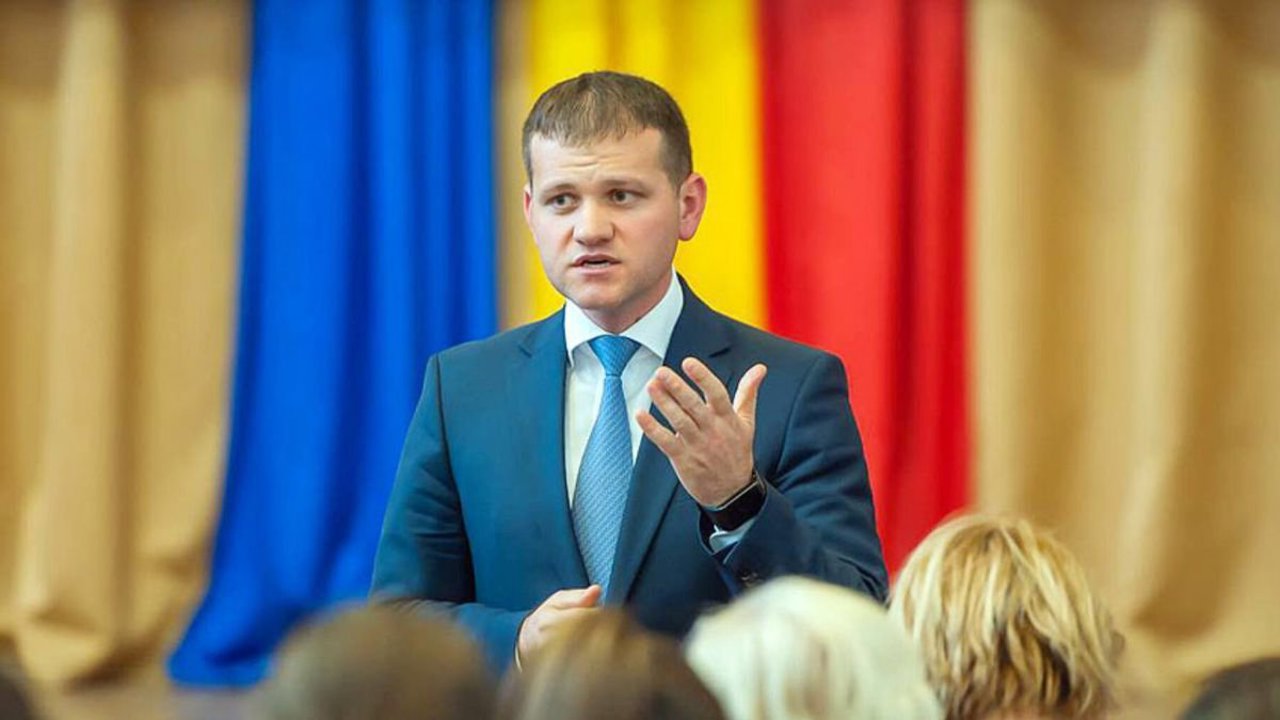Use of Abrams tanks on the Ukrainian front is delayed
The use of American Abrams tanks on the frontline in Ukraine is being delayed by several weeks, according to an announcement by the United States Army Europe and Africa Command. He states that Washington has extended the training period of the Ukrainian military for the operation of such tanks.

The program, which was originally supposed to end in mid-September, has now been extended for several weeks. The report on the training of the first group of Ukrainian soldiers suggests that they did not reach the required level of competence.
Moreover, according to experts, Ukraine needs the Abrams tanks to use them in the counteroffensive launched in the first days of June. Ukrainian troops would have suffered considerable losses, especially in terms of heavy armored vehicles, they claim. Most of the tanks destroyed were Leopard 1 and Leopard 2, supplied by Germany. More than 60 US-supplied Bradley infantry fighting vehicles were reportedly destroyed.
Initially, it was assumed that the United States showed some reluctance to send Abrams tanks to Ukraine. This hesitation was attributed to the anticipation of substantial losses, which could have dealt a serious blow to the reputation of the Abrams tank class, reads the Defense Romania portal.
In a less-expected move, Washington committed in January to providing Abrams tanks, putting significant pressure on Berlin to give Ukraine Leopard tanks, according to the source.
As a result, this diplomatic pressure led to Leopard 2s being sent both from German military stocks and from other states in Europe. However, Abrams tanks are expected on the Ukrainian front.
At the same time, Denmark's delivery of 19 F-16 aircraft is also delayed. Danish Ministry of Defense informs that Denmark will continue to train Ukrainian pilots on F-16 multirole fighter jets.
As Ukrainian President Volodymyr Zelenskiy previously mentioned, there is already a clear timetable for the delivery of these aircraft to the Ukrainian Air Force: six aircraft are to be delivered by the end of the year, another six in 2024 and seven in 2025.




